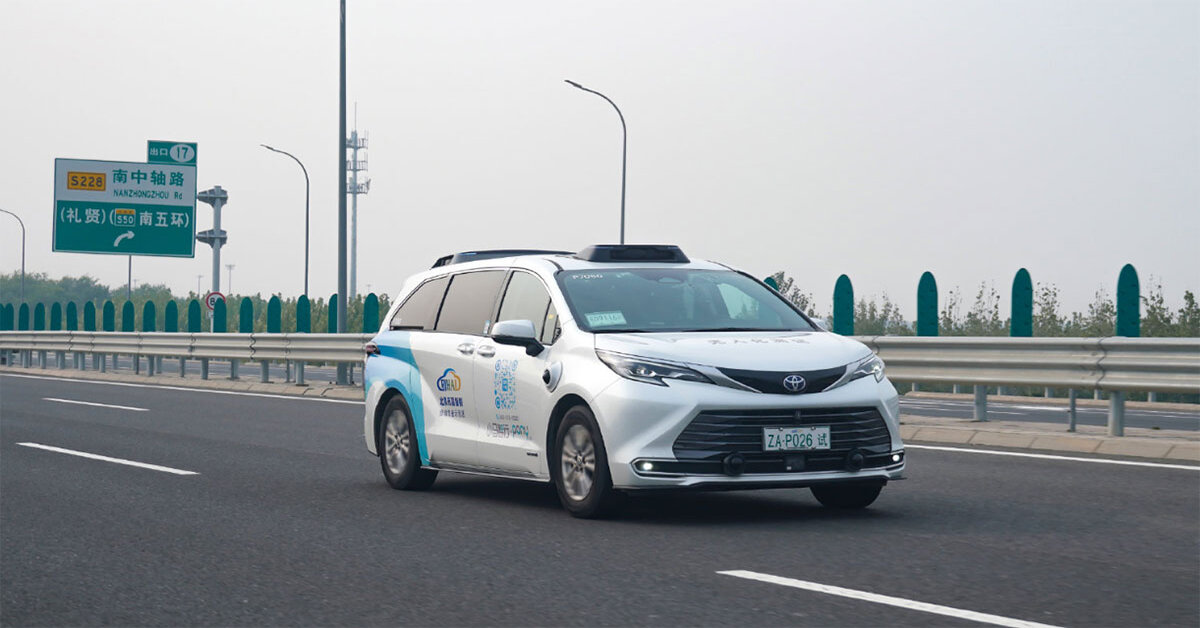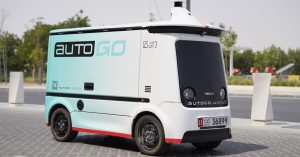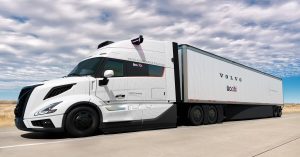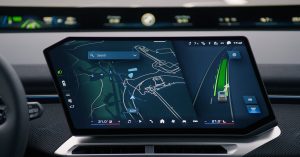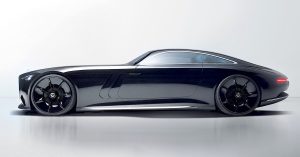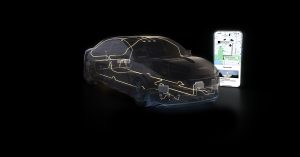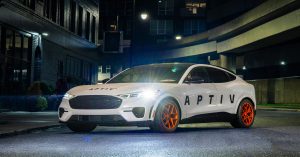Autonomous driving pioneer Pony.ai has officially launched round-the-clock Robotaxi operations in the bustling Chinese cities of Guangzhou and Shenzhen. This strategic expansion significantly extends its previous operating hours—from 15 hours per day to a full 24 hours, 7 days a week—offering uninterrupted mobility to residents and showcasing the company’s growing confidence in its driverless technology.
In parallel with this milestone, Pony.ai has also broadened the testing window for its autonomous vehicles in Beijing, now conducting trials across a full 24-hour cycle. These efforts reflect Pony.ai’s accelerating push toward the large-scale commercialization of autonomous transport in China’s urban hubs.
Paving the Way for Continuous Driverless Transport
This transition to a 24/7 operational model is not an overnight change—it’s the product of years of extensive development and real-world validation. With a global footprint of over 50 million kilometers driven autonomously, Pony.ai’s “virtual driver” has been tested under diverse and often unpredictable road conditions. From rush-hour traffic to early morning quiet streets, and under both clear skies and heavy rain, the system has proven its resilience.
Notably, Pony.ai’s driverless vehicles have logged over 500,000 hours in completely autonomous mode, steadily building their ability to navigate complex environments and variable lighting. The success of this large-scale data collection has been instrumental in allowing the company to make the leap to round-the-clock availability.
Cutting-Edge Sensor Fusion Powers the System
At the heart of Pony.ai’s autonomous platform lies an advanced sensor suite, featuring a combination of high-resolution 128-beam LiDAR, 8-megapixel cameras, and 4D millimeter-wave radar. This sensor fusion delivers an all-around, real-time view of the vehicle’s environment, crucial for maintaining safety in both daytime and nighttime conditions.
Whereas some autonomous systems rely primarily on cameras and ambient light, Pony.ai’s use of active sensors like LiDAR and radar adds critical layers of redundancy. This ensures the vehicle can accurately identify obstacles such as pedestrians wearing dark clothing or objects with low reflectivity—scenarios that often challenge vision-only systems. Moreover, this sensor configuration enables the vehicle to remain fully functional even on poorly illuminated or completely dark roads.
Advanced Software Enhances Reliability and Precision
The hardware system is powered by Pony.ai’s proprietary software stack, which includes its “PonyWorld foundation model” and a highly capable virtual driving system. This software enables precise detection and recognition of road markings, vehicles, signage, and pedestrians from distances as far as 650 meters.
To support consistent performance in challenging environments, the Robotaxi fleet is also equipped with a unique sensor self-cleaning mechanism. This system helps ensure that rain, fog, dust, and other environmental factors do not compromise sensor visibility or accuracy. As a result, Pony.ai’s autonomous vehicles maintain their effectiveness regardless of the weather or terrain.
Driving the Future of Urban Transportation
As Pony.ai continues to scale its presence in major Chinese cities—including Shanghai, Beijing, Guangzhou, and Shenzhen—its full-time Robotaxi service represents a transformative step for public mobility. With 24/7 availability, the company aims to enhance accessibility, improve safety, and meet the transportation needs of urban residents, especially during late-night hours when traditional transit options are scarce.
This round-the-clock rollout marks more than just a technical achievement; it signals the dawn of a new era in driverless urban transportation—one where convenience, reliability, and innovation drive the journey.

